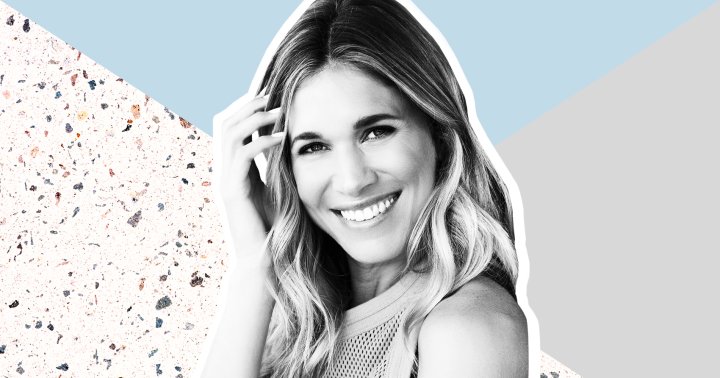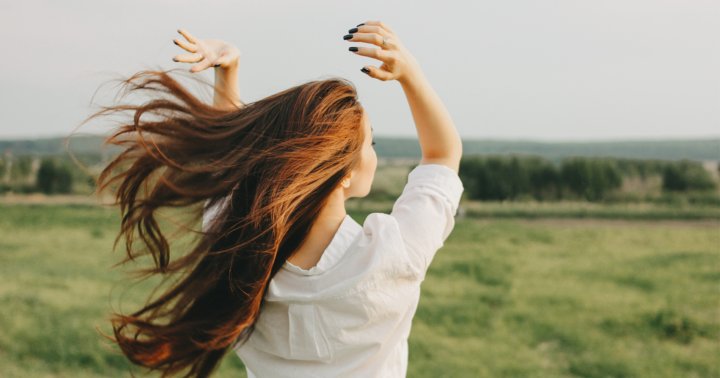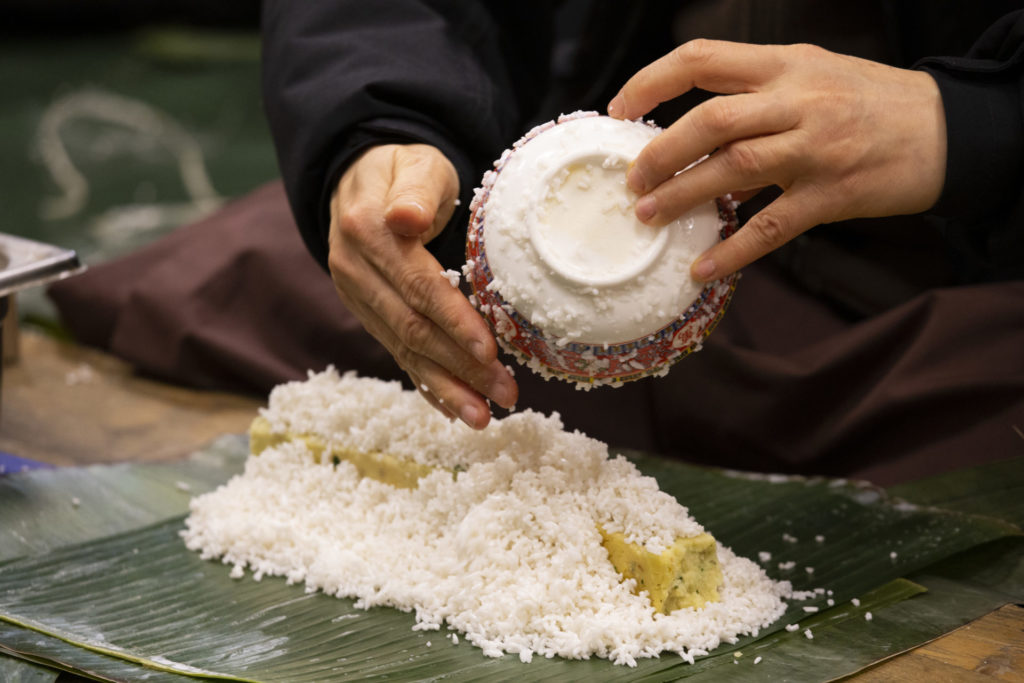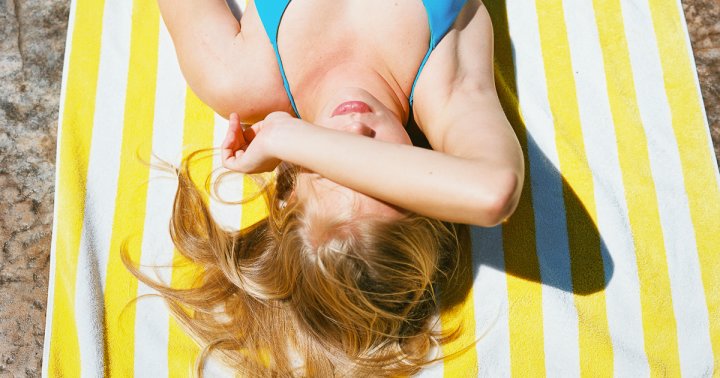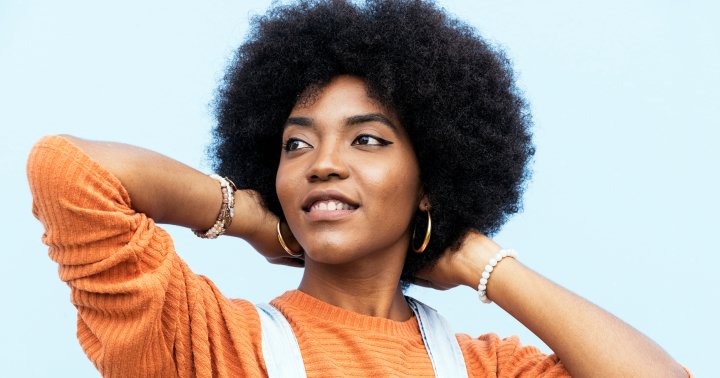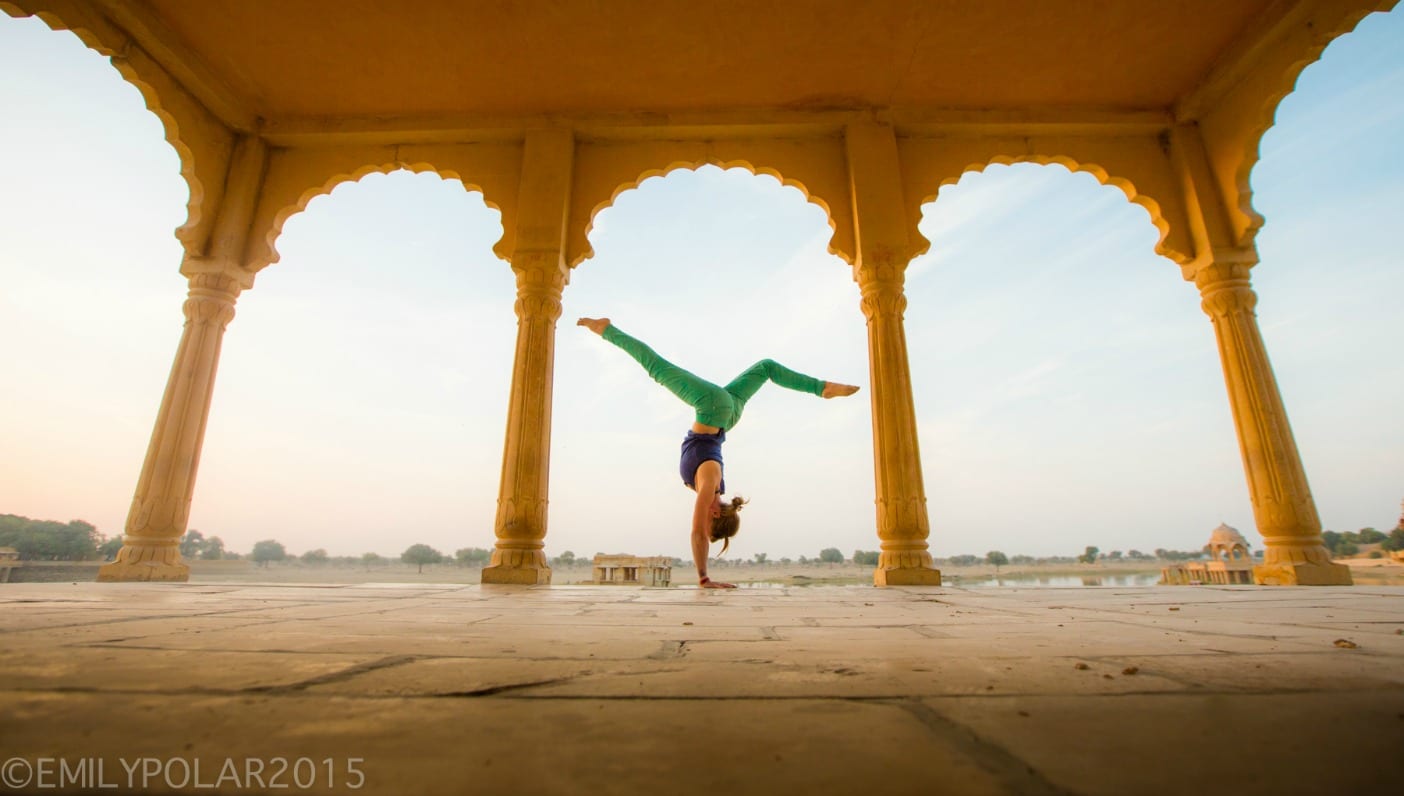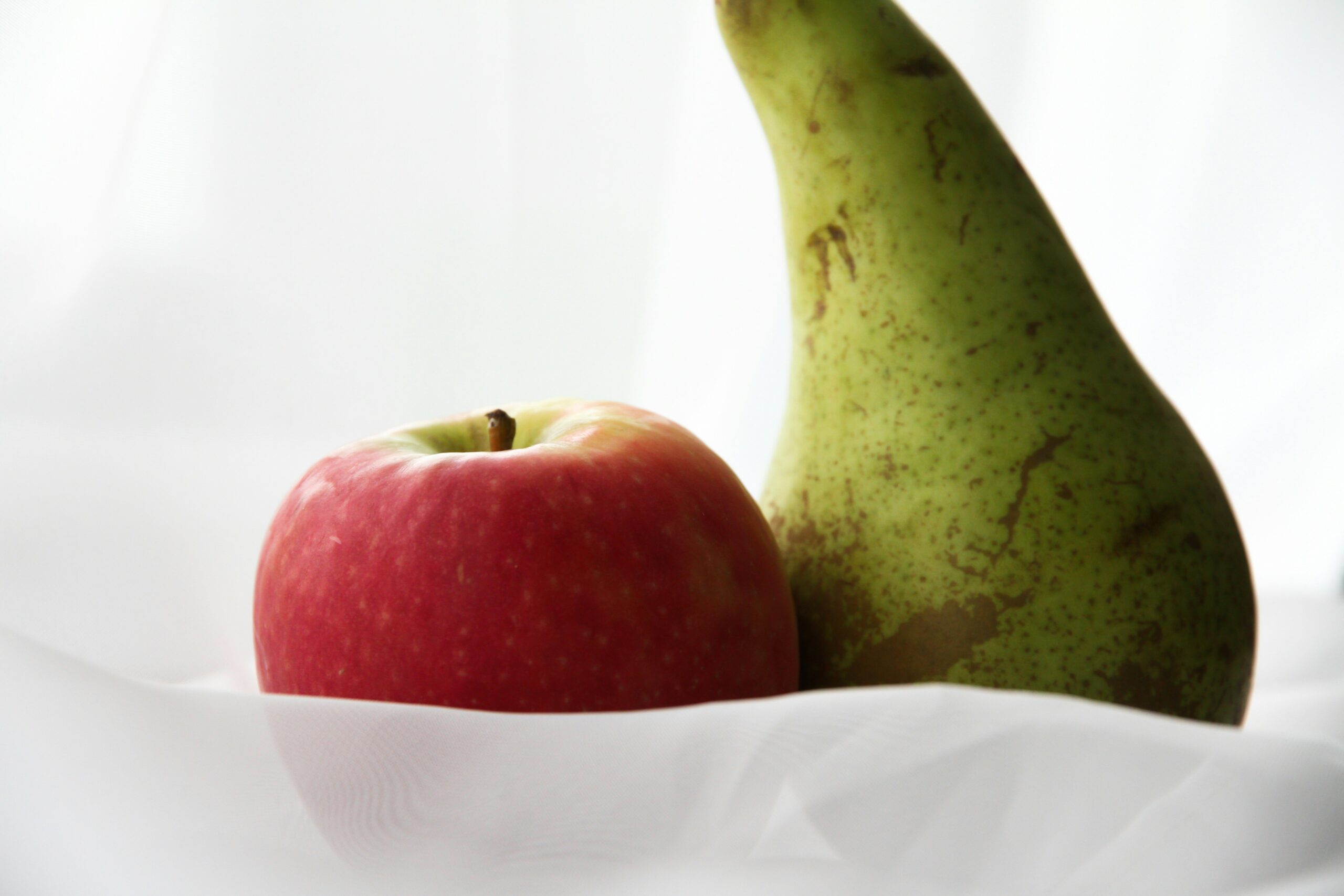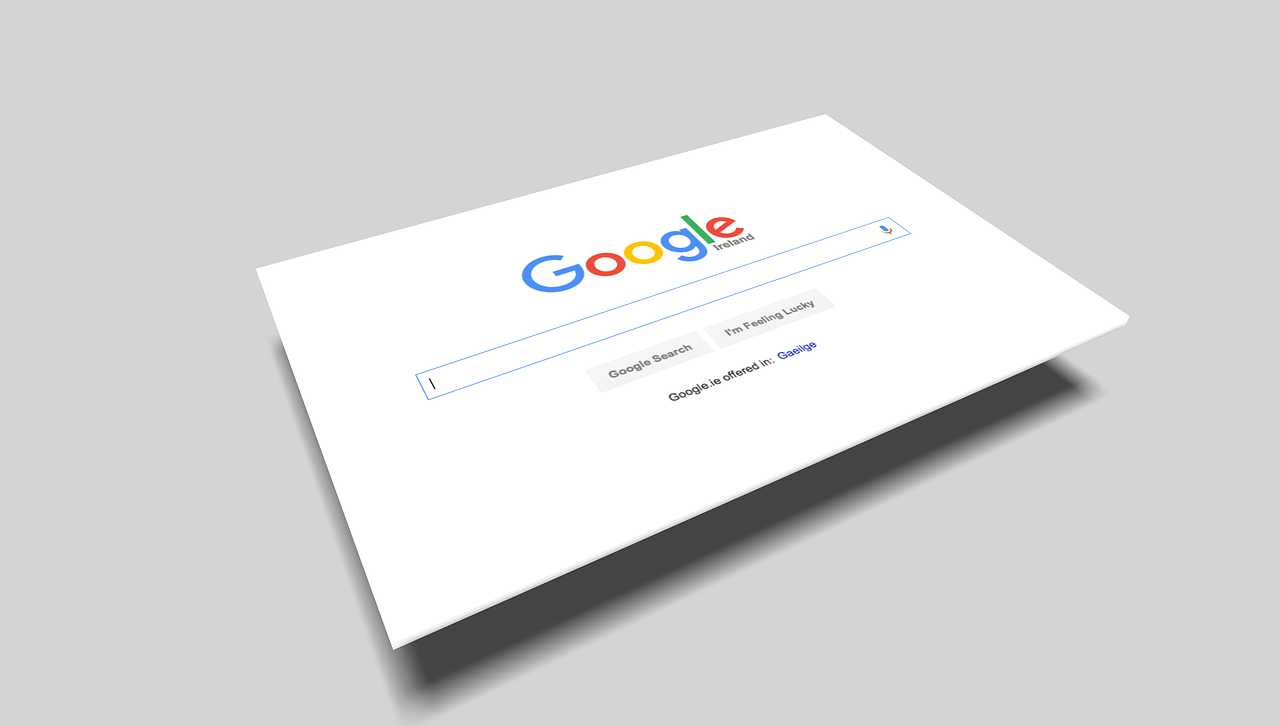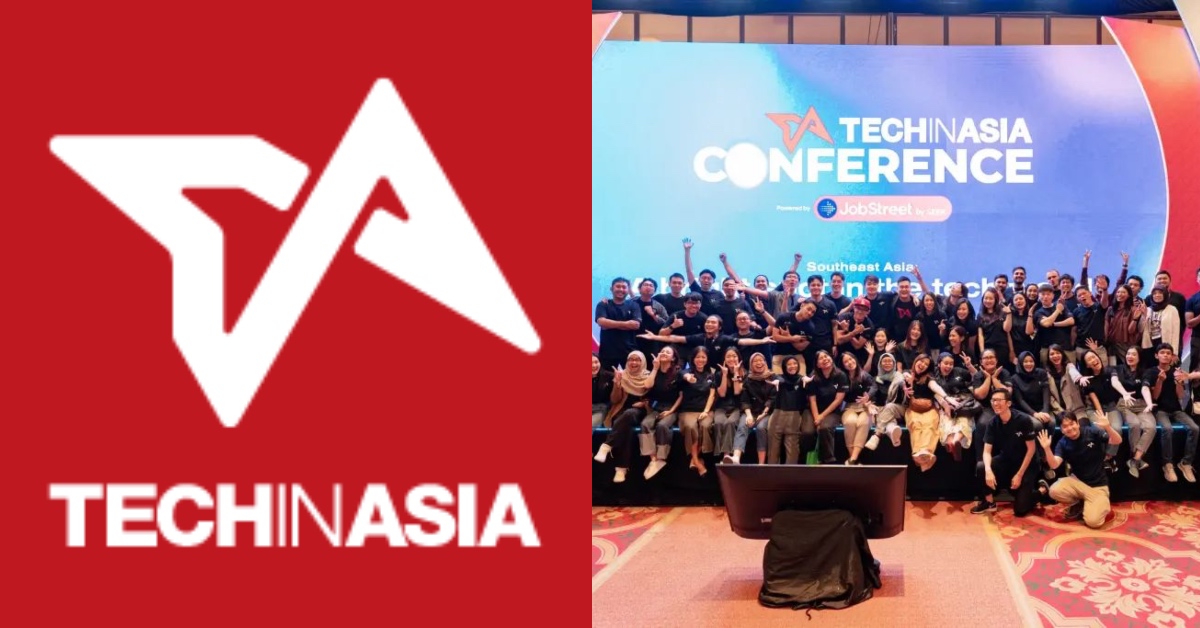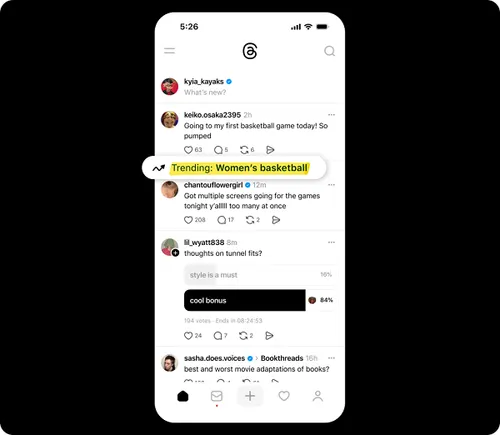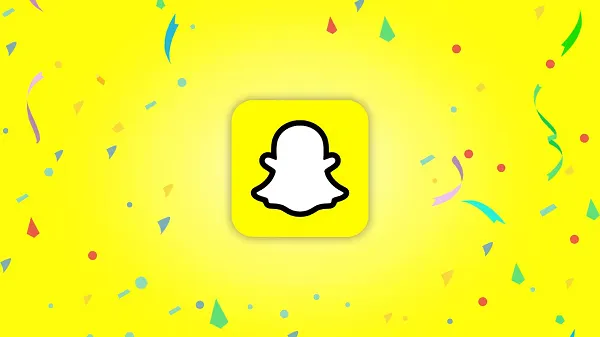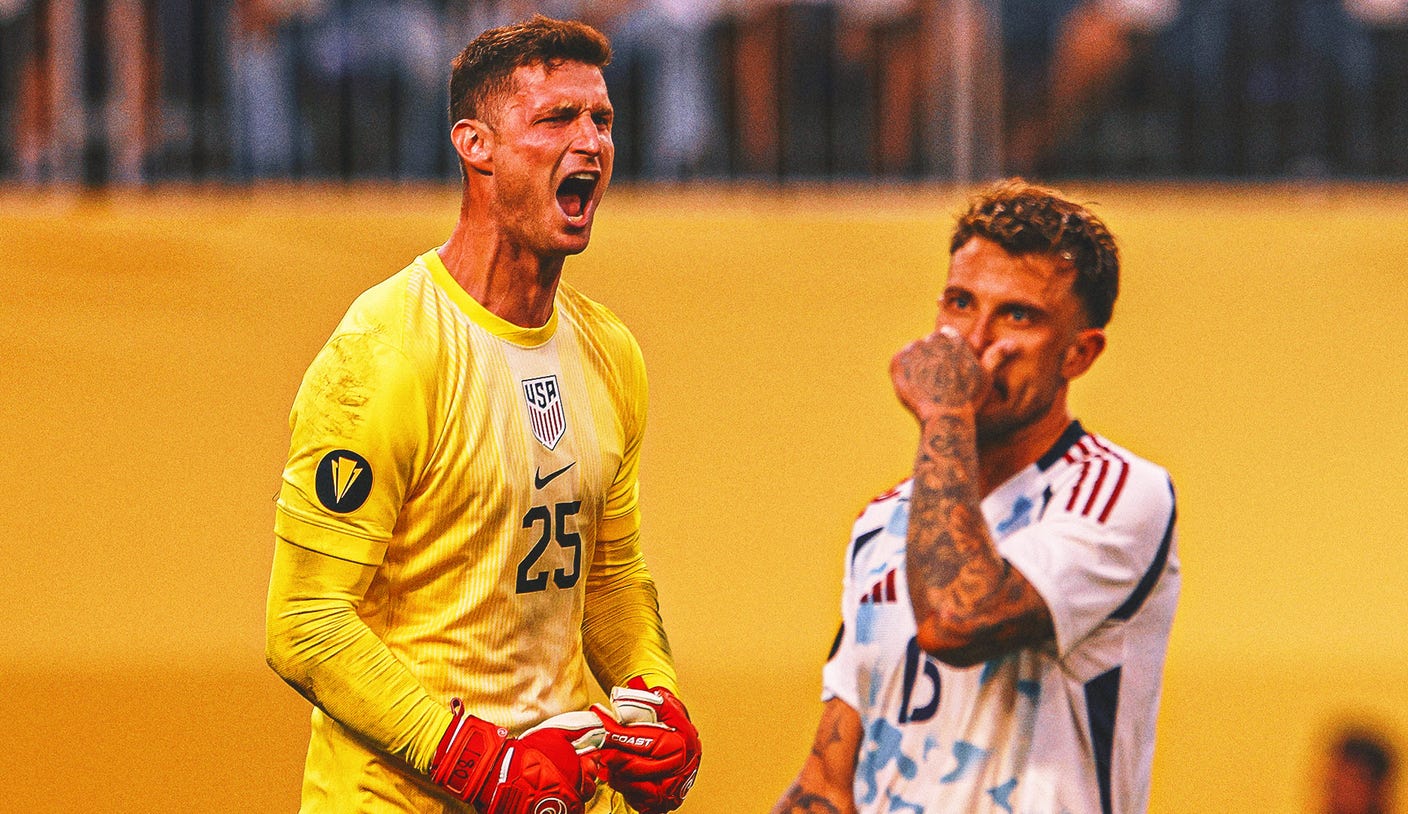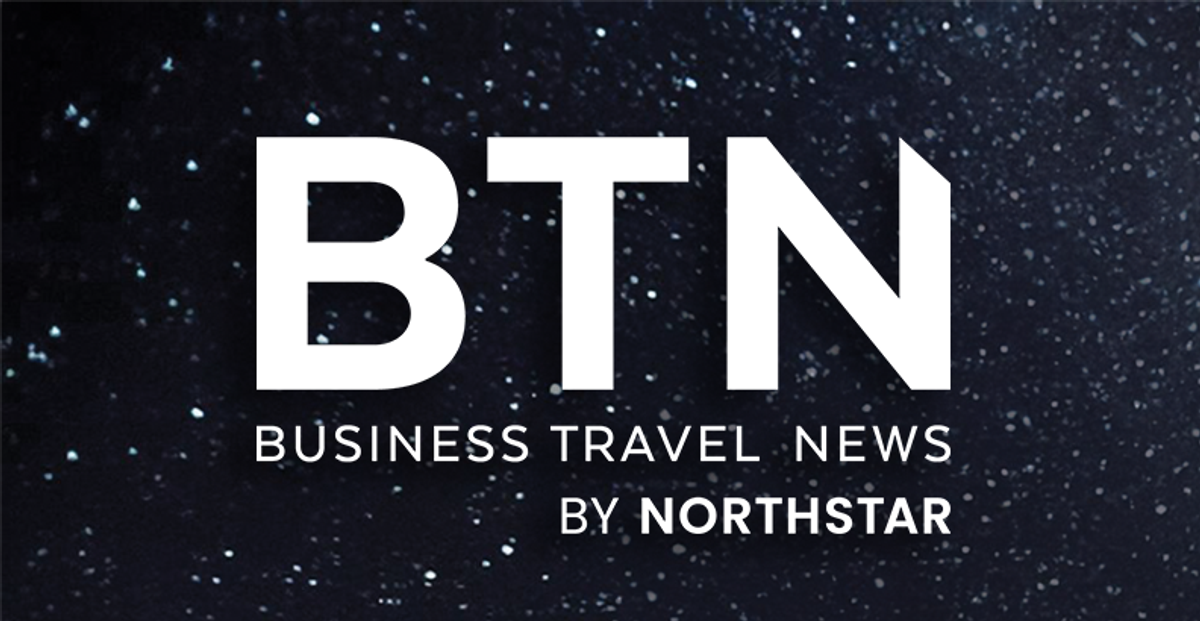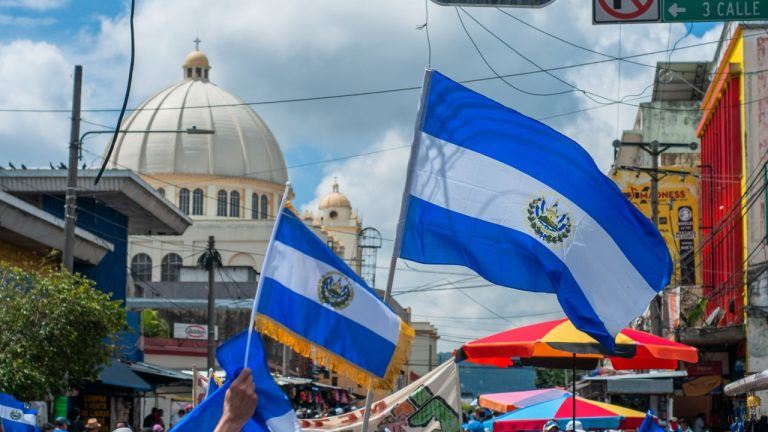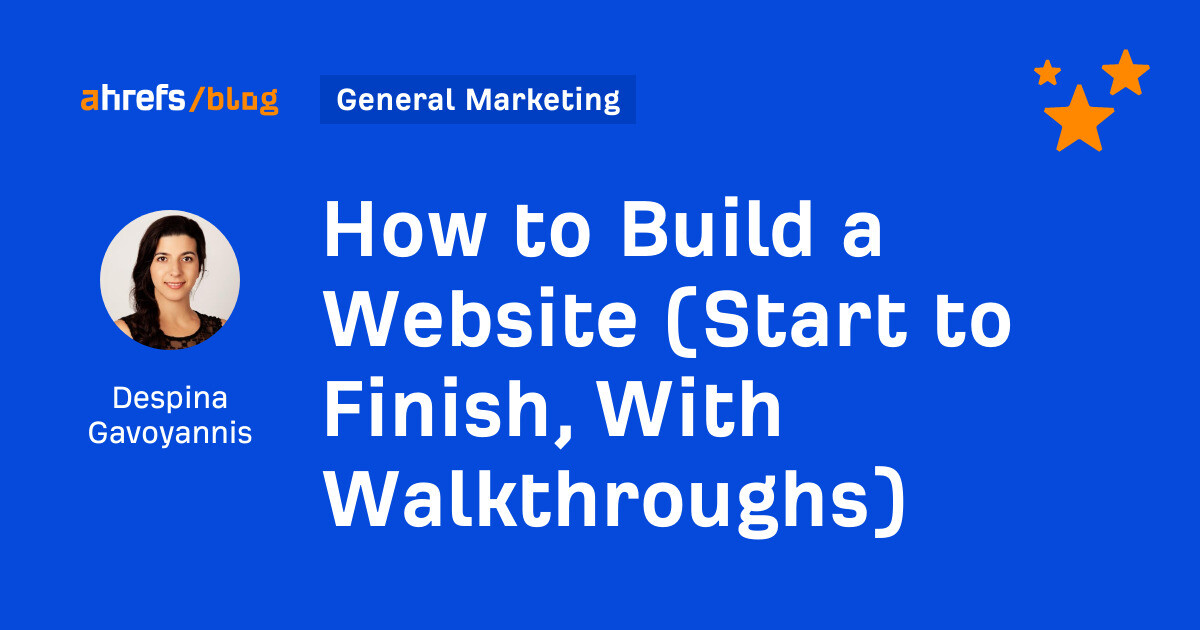Cobra Pose (Bhujangasana): A Step-By-Step Tutorial with Variations
Like many other yoga poses, Cobra Pose (Bhujangasana in Sanskrit) is named after the animal it resembles. The King Cobra can lift the top third of its body four feet off the ground! The hooded face of a cobra...


Like many other yoga poses, Cobra Pose (Bhujangasana in Sanskrit) is named after the animal it resembles.
The King Cobra can lift the top third of its body four feet off the ground! The hooded face of a cobra and its authoritative stance make it one intimidating animal, and we mimic the lift and shape of the King Cobra when we practice this pose.
Like its namesake, this yoga pose, or asana, is powerful. It’s beginner-friendly yet still beneficial for all level practitioners. Bhujangasana Cobra Pose opens your chest, increases your spinal mobility, tones the core, and strengthens your back (all key benefits that counter our sedentary lifestyle).
Bhujangasana activates several muscles, including your pectoral and chest muscles, rectus abdominis, transverse abdominis, external and internal obliques, trapezius, and erector spinae.
Bhujangasana can be done as part of a warm up, to prepare for deeper backbends, or as part of Sun Salutations in place of Upward Facing Dog (Urdhva Mukha Svanasana). Cobra Pose is commonly viewed as the less intense and more accessible version of Up Dog.
New to Cobra Pose? Skip the Reading and Press Play!
Within this Learning Yoga program on YA Classes, you can explore Cobra Pose along with dozens of other foundational yoga poses in short, concise yoga tutorial videos led by knowledgable and welcoming instructors.
Yoga Program
With Ashton August & Alec Vishal Rouben
Beginner
Ready to Explore Cobra Pose and All Its Incredible Benefits? Jump In!
Follow each step below for an intentional and intelligent entry into Bhujangasana Cobra Pose. Then, once you’ve experienced the pose in your body, read on for interesting variations that you can explore.
As you move through this Cobra Pose practice, become mindful of which feels most comfortable in your body and the difference between each variation.
1. Prepare Your Foundation for Cobra Pose:

If you have a sensitive lower back, there are a few ways (listed below) to position your feet that can help take some pressure out of your back.
Start laying prone (on your stomach) with your hands stacked and your forehead resting on your hands Traditionally, this pose is taught as bringing the inner arches of your feet to touch, zipping your legs together like the cobra’s tail Experiment with placing your feet hip-distance or slightly wider apart if you have a sensitive lower back Point your feet so the tops of your toes are on the mat. Literally, press your toenails into the mat Shimmy your hips side to side once or twice to release any tension in your low back and settle in2. Stabilize the Pelvis and Legs (Here’s How):

These steps will help you find comfort and ease within the pose.
Lift your right leg, lengthen it behind you, and then release it back to the mat Repeat with the left leg Press your hip points into the floor while you lift your lower stomach in and up to activate your core muscles Keeping your legs in a neutral position, press the tops of your thighs and feet firmly into the mat beneath you3. Find Your Arm Placement:

This is a big alignment tip, because students often have the hands too far in front or to their sides.
Separate your hands and slide your elbows back alongside your ribs Position your hands either beside or underneath your shoulders Gently squeeze your elbows in towards each other to engage arms, pull the shoulders away from your ears, and help prepare you for the lift Lengthen along the spine through the crown of your head4. Lift Into Cobra Pose:

You are now ready for lift-off!
Keep that length you found in the last step, and with an inhale, press into your hands and lift your chest off the mat Your shoulders may lift any amount that feels comfortable and sustainable for you Some weight will be in your arms and hands, but your back and shoulders will do most of the work in Bhujangasana Open your chest by rolling the shoulders back (think about squeezing your shoulder blades together) and broadening across the collarbones and ribs Keep your neck neutral and your gaze (drishti) ahead, towards where the front of your mat meets the floor Slowly release back down on an exhale, or you can hold for several slow breath cycles to enjoy the poseHave Fun Exploring These Cobra Pose Variations:
Finding enjoyable movement that feels good on your body is much more important than forcing it into a specific shape. Try these variations and find a version of Bhujangasana that you like best.
1. Low Cobra Pose (also called Baby Cobra):

2. Cobra with Hovered Hands:

3. High Cobra:

4. Fingertip Bhujangasana:

Ready to explore a deeper backbend? Read: Learn How to Access Wheel Pose Safely (Photo Tutorial)
Safety Tips and Final Guidance for Bhujangasana Cobra Pose
Avoid Cobra Pose if you are pregnant, recently had abdominal surgery, or have an injury to your shoulder or back. Try Cow Pose instead for a very gentle chest opener. Try Camel or Half Camel Pose if you are pregnant for a similar chest opener that doesn’t put pressure on your belly.
Learn all about Camel Pose here: Breaking Down Camel Pose and Key Alignment Tips
A Few Final Tips for This Pose:
Think more about making space in your body rather than finding a specific shape Focus on stretching and opening the front body instead of finding height in the backbend If your lower back feels pinched or squished, decrease the lift you find with your shoulders Your hips should stay firmly planted on the ground, even in your fullest pose expression Try Seal Pose or Up Dog instead if you’re looking for a deeper prone backbend that lifts the hips off the ground
Any of these Cobra Pose variations are great options to help improve your posture, counter text/tech neck, or recover from long periods spent sitting at a computer or binge-watching your favorite show.
Suffer From Tech Neck or General Neck Pain? Do These 7 Stretches to Find Relief Now
Remember to focus on opening the front side of your body and slowly breathing through this pose. Along the way, you may also find that Bhujangasana helps reduce stress and anxiety, calm the mind, and refresh your spirit.
Bhujangasana is not just a feel-good yoga pose; it’s a powerful and versatile asana that offers many benefits for body and mind. Named after the majestic King Cobra, this pose symbolizes strength and authority, and its practice reflects those qualities.
As a beginner-friendly pose, Bhujangasana is a foundational pose in your yoga practice that will serve you throughout your lifetime.
Did you love this yoga pose tutorial article? The best way to show your gratitude is to share it and help us spread the yoga love!
Questions about the pose or anything we covered here? Please leave us a comment or email us at hello@youaligned.com. YouAligned is a dedicated resource for all things yoga and living a wellness lifestyle, and we love hearing from you.
Thank you for reading!

 JaneWalter
JaneWalter 







